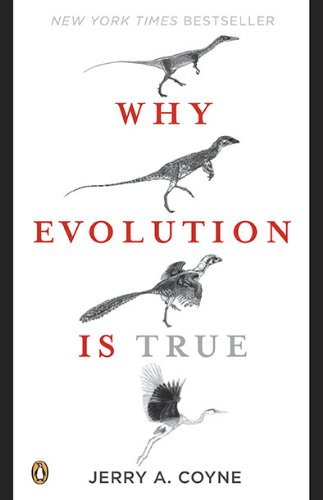Australopithecus afarensis' Hip Bone Indicates She Could Walk
When Lucy’s hundreds of fragments were assembled, she turned out to be a female of a new species, Australopithecus afarensis, dating back 3.2 million years. She was between 20 and 30 years old, 3.5feet tall, weighing a scant 60 pounds, and possibly afflicted with arthritis. But most important, she walked on two legs.
How can we tell? From the way that the femur (thighbone) connects to the pelvis at one end and to the knee at its other. In a bipedally walking primate like ourselves, the femurs angle in toward each other from the hips so that the center of gravity stays in one place while walking, allowing an efficient fore-and-aft bipedal stride. In knuckle-walking apes, the femurs are slightly splayed out, so when walking upright they have a bowlegged waddle, like Charlie Chaplin’s little tramp. If you take a primate fossil, then, and look at how the femur fits together with the pelvis, you can tell whether the creature walked on two legs or four. If the femurs angle toward the middle, it’s bipedal. And Lucy’s angle in—at almost the same angle as those of modern humans. She walked upright. Her pelvis, too, resembles that of modern humans far more that of modern chimps.
Notes:
The bone tilts to bring the knees inward, like it does in humans, but not in chimps, who waddle because they are bow-legged.
Folksonomies: evolution bipedalism lucy
Taxonomies:
/sports/walking (0.803895)
/science/medicine/surgery (0.403752)
/science/geology/volcanology/volcanic eruptions (0.316198)
Keywords:
Australopithecus afarensis (0.999774 (neutral:0.000000)), fore-and-aft bipedal stride (0.832606 (positive:0.811613)), femurs angle (0.818324 (neutral:0.000000)), modern humans (0.746216 (negative:-0.202752)), Hip Bone (0.650526 (neutral:0.000000)), new species (0.638167 (positive:0.233090)), modern chimps (0.628148 (positive:0.400511)), primate fossil (0.620618 (negative:-0.208558)), gravity stays (0.620297 (positive:0.719961)), Charlie Chaplin (0.614548 (negative:-0.247385)), little tramp (0.613192 (negative:-0.247385)), pelvis (0.610646 (negative:-0.529501)), legs (0.517646 (negative:-0.385719)), Lucy (0.512919 (neutral:0.000000)), waddle (0.479610 (neutral:0.000000)), knees (0.462829 (neutral:0.000000)), fragments (0.453875 (neutral:0.000000)), hips (0.453285 (positive:0.719961)), pounds (0.452646 (negative:-0.769549)), arthritis (0.449470 (negative:-0.788188)), upright (0.449218 (neutral:0.000000)), knee (0.447910 (negative:-0.748307)), apes (0.447326 (negative:-0.249235)), hundreds (0.446410 (neutral:0.000000)), creature (0.445412 (negative:-0.385720)), female (0.445101 (positive:0.233090)), way (0.442092 (neutral:0.000000)), thighbone (0.441987 (neutral:0.000000)), knuckle-walking (0.441750 (neutral:0.000000)), end (0.441704 (negative:-0.748307))
Entities:
Lucy:Person (0.943825 (neutral:0.000000)), Charlie Chaplin:Person (0.573454 (negative:-0.247385)), knuckle-walking:City (0.495933 (neutral:0.000000)), 3.2 million years:Quantity (0.495933 (neutral:0.000000)), 60 pounds:Quantity (0.495933 (neutral:0.000000)), 30 years:Quantity (0.495933 (neutral:0.000000)), 3.5feet:Quantity (0.495933 (neutral:0.000000))
Concepts:
Australopithecus afarensis (0.967228): dbpedia | freebase | yago
Human (0.878839): dbpedia | freebase | opencyc
Femur (0.878168): dbpedia | freebase | opencyc
Hominina (0.805663): dbpedia | freebase | yago
Bipedalism (0.775836): dbpedia | freebase
Primate (0.724647): dbpedia | freebase | opencyc
Charlie Chaplin (0.721194): dbpedia | freebase | yago
Hominidae (0.670067): dbpedia | freebase





